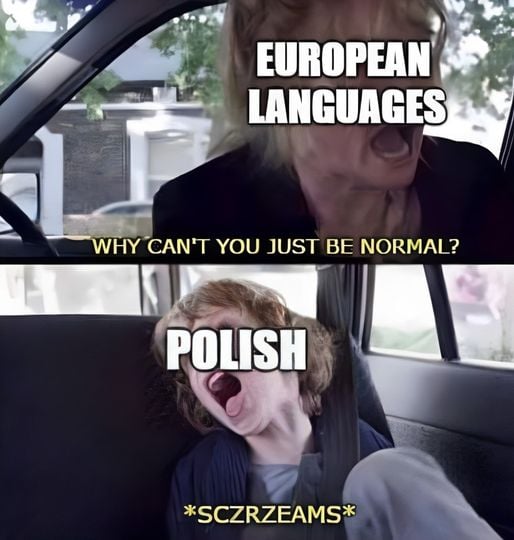this post was submitted on 24 Oct 2024
983 points (98.4% liked)
memes
14090 readers
2825 users here now
Community rules
1. Be civil
No trolling, bigotry or other insulting / annoying behaviour
2. No politics
This is non-politics community. For political memes please go to [email protected]
3. No recent reposts
Check for reposts when posting a meme, you can only repost after 1 month
4. No bots
No bots without the express approval of the mods or the admins
5. No Spam/Ads
No advertisements or spam. This is an instance rule and the only way to live.
A collection of some classic Lemmy memes for your enjoyment
Sister communities
- [email protected] : Star Trek memes, chat and shitposts
- [email protected] : Lemmy Shitposts, anything and everything goes.
- [email protected] : Linux themed memes
- [email protected] : for those who love comic stories.
founded 2 years ago
MODERATORS
you are viewing a single comment's thread
view the rest of the comments
view the rest of the comments

Then there's Italian. We have less letters than other European languages (we don't have k,j,w,x,y) and we still manage to avoid shit like "thoroughly" or spamming letters. We have accents, but use them way less than in Spanish and no special accents or characters like ñ ç č ß å ø ö etc
Once you understand the rules is probably one of the easier languages to spell and pronounce
Italian is the exception that proves the rule. The orthography is well-designed (transparent, without too much fluff), but not even then it could avoid ⟨ch gh⟩ for /k g/ before ⟨e i⟩, so it could reserve ⟨c(i) g(i)⟩ for /tʃ dʒ/.
It's all related: modern European languages typically have a lot more sounds than Latin did, so Latin itself never developed letters for them. Across the Middle Ages you saw a bunch of local solutions for that, like: